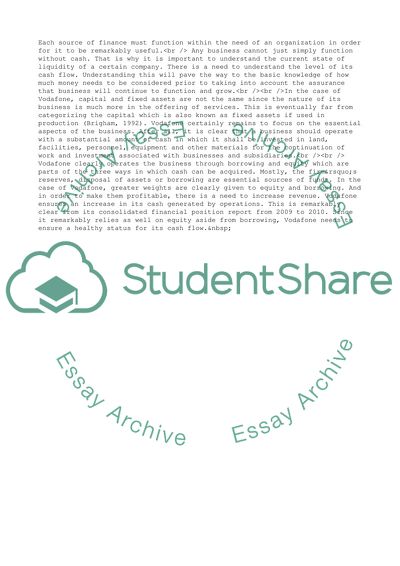Cite this document
(Business Management Case Study Example | Topics and Well Written Essays - 2000 words - 6, n.d.)
Business Management Case Study Example | Topics and Well Written Essays - 2000 words - 6. Retrieved from https://studentshare.org/business/1571194-business-management
Business Management Case Study Example | Topics and Well Written Essays - 2000 words - 6. Retrieved from https://studentshare.org/business/1571194-business-management
(Business Management Case Study Example | Topics and Well Written Essays - 2000 Words - 6)
Business Management Case Study Example | Topics and Well Written Essays - 2000 Words - 6. https://studentshare.org/business/1571194-business-management.
Business Management Case Study Example | Topics and Well Written Essays - 2000 Words - 6. https://studentshare.org/business/1571194-business-management.
“Business Management Case Study Example | Topics and Well Written Essays - 2000 Words - 6”. https://studentshare.org/business/1571194-business-management.


